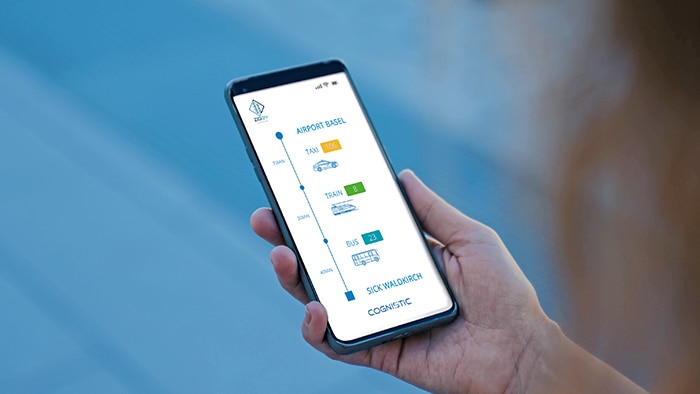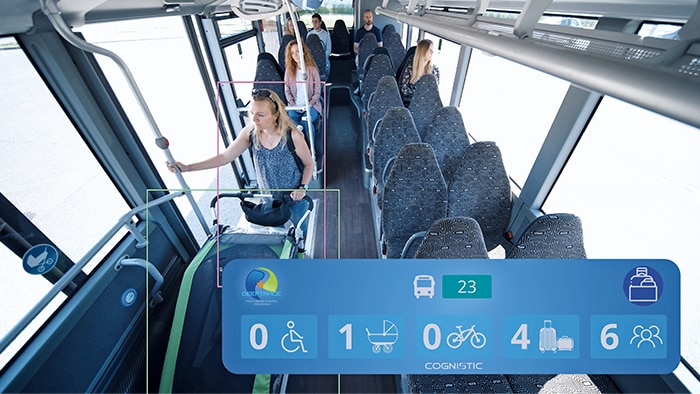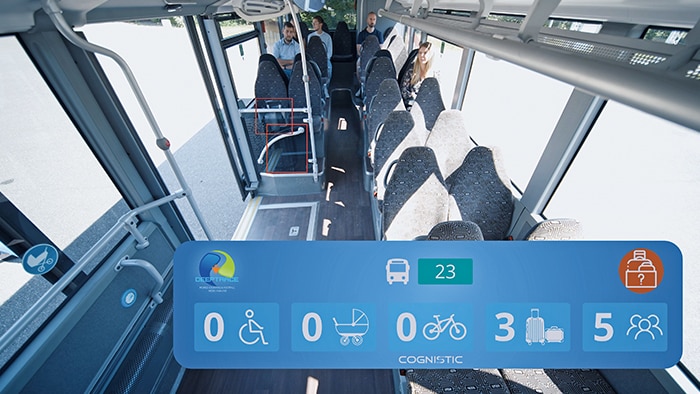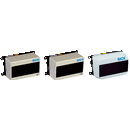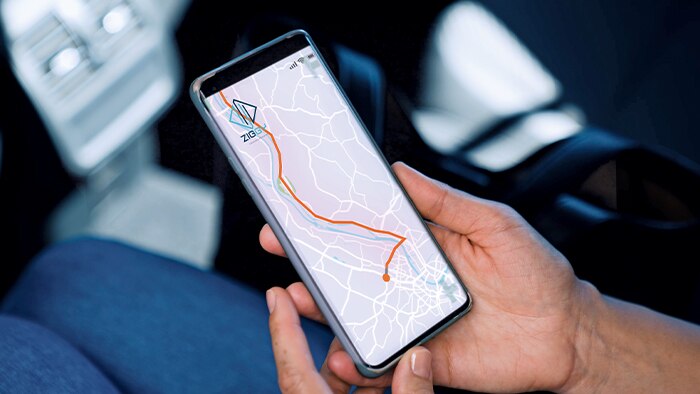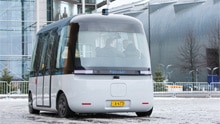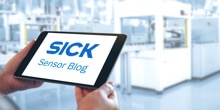While everyone is chatting about Artificial Intelligence (AI) language models, the really interesting things are happening in industrial applications. The possibilities and the opportunities created by AI applications are growing exceptionally fast. Working with SICK cameras and sensors, Cognistic delivers AI-powered computer-vision solutions that not only solve complex problems but also create new opportunities for growth and innovation.
Making public transit safer, more efficient and more profitable with AI-enabled cameras and sensors
Counting passengers is much more than just “on” and “off”
Passengers on public transport are not just individuals who get on here and get off there. They are commuters with their backpacks, trolleys, and laptop cases. They are children with their toys and strollers. Seniors with canes and walking frames. Cyclists taking a shortcut to the start of their bike tour. All these people place very specific demands on the transit system, on the space they need and on the time they need to get on and off. CONDOR registers all of that, in all its complexity.
CONDOR is an AI-powered crowd detection, classification and counting software. Developed by Cognistic and using a live video feed from a Visionary-T Mini 3D snapshot camera, CONDOR provides a real-time count of the number of passengers inside a bus or train, as well as a list of the items they bring on board. Running on a locally installed edge computing device, connectivity is never an issue. The system’s precision is impressive, doing away with the need for frequent recalibration. And the count data can be transmitted to the cloud for subsequent detailed analysis, all in line with privacy regulations as defined by EU law.
In terms of daily operations, automatic passenger and baggage counting adds a layer of safety. And classifying passengers on wheelchairs, in strollers or with bicycles, baggage and personal belongings is an important building block in improving route planning, capacity utilization and maintenance scheduling. The detailed insights enable transit agencies to identify specific needs and create a holistic and inclusive approach to their demand planning.
Making safety happen in real time with AI-enabled stereo cameras and LiDAR
While running to catch the tram might seem romantic in Hollywood movies, the hectic pace of real life is a constant danger, especially when passengers and the heavy machines that transport them come into contact. There are only a few monitoring solutions for these settings currently in use, and those are often error-prone. Rain, fog, dust and reflective surfaces can reduce performance. Add in the wide range of human forms, heights and postures, as well as people on wheelchairs, children in strollers, and animals on leashes, accurate detection of people and their movements in crowded LRT stations may seem daunting. And yet particularly important when there is no platform edge and the tracks are on same level as the sidewalk.
In these situations, false alarms and errors can be catastrophic. MANTIS, an AI-powered solution from Cognistic was developed specifically to overcome these limitations. Mantis processes the information provided by either the Visionary-S, a 3D vision sensor, or 2D LiDAR sensors (LMS511, LMS111, LD-MRS) in real time on a high-performance local AI computing infrastructure. When passengers are detected within a high-risk area, safety protocols can be enacted, including sending messages via a phone-enabled application or platform speakers.
AI takes the burden off scheduling and route planning
It is an age-old question: What is the best way to get from A to B? As passenger options increase (Bus? Train? Bike? Rent a scooter?), so does the complexity in finding the best combination. The same is true for operations managers and supervisors, who need to ensure efficient scheduling and dispatching, reduce operating costs, mitigate environmental impact, and respond to real-time changes. In the absence of a data-driven approach, this process is costly and prone to miscalculations, and it leaves a lot of room for guess work.
ZIGGY is an AI-driven scheduling and route optimization solution that helps transit operations managers devise the optimal bus and train schedules. ZIGGY completely removes the random element from resource allocation, scheduling and routing and the burden of manual planning. Ridership demand data from CONDOR are combined with real-time traffic data in ZIGGY’s multifaceted approach. This aspect makes the solution particularly valuable to transit agencies and their riders, as it allows them to optimize fleet sizes, routes, and more – a benefit to both strategic and operational planning.
A partnership with immense future potential
The partnership between Cognistic and SICK is one where high quality and speed are constantly coming together to create new and exciting applications. This has been true since the beginning of their collaboration, which kicked off with developing solutions based on a prototype of the Visionary-T Mini. Since then, the opportunities for combining the companies’ complementary areas of expertise have only grown. The dedication and speed with which Cognistic develops solutions for the mass transit market makes it an excellent partner for SICK when it comes to developing future applications.
“The high performance of Cognistic’s AI solutions fits very well with what SICK stands for: Rugged and reliable sensors and solutions which show good results even under very difficult conditions,” says Christoph Seewald, Head of Global Industry Management for Mobility & Outdoor Automation at SICK. His counterpart at Cognistic sees it the same way. “The high quality of SICK sensors, demonstrated by the high accuracy and precision of 3D perception data, complements the accuracy of our AI model, and high speed enables real-time operationalization of Cognistic solutions,” says Amjad Zaim, Founder and CEO of Cognistic.
With projects in the works, such as detection of pedestrians and obstacles in industrial applications , it is a partnership with a lot of potential.
Read more
I would like to keep up-to-date and be informed of new articles on a regular basis!
